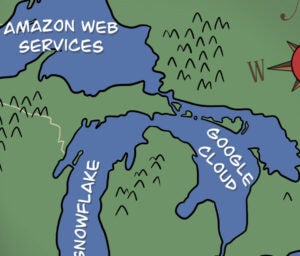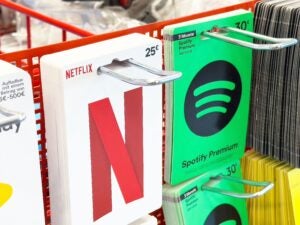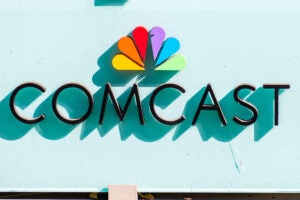 “Data-Driven Thinking” is written by members of the media community and contains fresh ideas on the digital revolution in media.
“Data-Driven Thinking” is written by members of the media community and contains fresh ideas on the digital revolution in media.
Today’s column is written by Lung Huang, vice president of digital advertising, global partnerships, at dunnhumby.
As the hit TV show “Breaking Bad” winds down, “Breaking Bad Media” is just beginning.
On screen, high school science teacher Walter White produced a superior product for the illegal drug marketplace. I truly believe that the more legal – and less dangerous – business of media is headed in the same direction, with superior, science-based products poised to infiltrate the market.
Right now, in every corner of the globe, there are data scientists cooking up ways to reach more consumers with relevant messages by using data insights. The raw materials they need are plentiful, too. Ninety percent of all consumer data, for example, was created just in the last two years, according to the US Chamber of Commerce.
We’re already seeing dramatic leaps in the purity of audience targeting in digital and mobile, driven by the science of customer data. Household-level insights tied to actual purchase behavior are being introduced and implemented, and advertisers are becoming hooked as they achieve results that are much more potent than what they received from broad demographics or purchase intent data.
What Walter White Can Teach Media
White is far from a model citizen, but he can be a role model for media. Many of the principles from “Breaking Bad” also apply to the media business:
Fortune Favors The Bold. White was a mild-mannered high school chemistry teacher until his terminal cancer diagnosis drove him to meth production to provide for his family. In media, those who take smart, calculated risks and try unconventional methods will have a higher probability of reaping huge rewards. As White said to his wife, “I am not in danger. … I am the danger.” Are you a danger to your competitors?
A New Player Can Change The Rules Of The Game. In a matter of months, White went from nonentity to the king of the drug market in a turn of events with global repercussions. In much the same way, consumer data insights open up the playing field for new organizations that were unknown just a few years ago.
The Scientific Approach Yields Better Results. White’s meticulous adherence to scientific processes and his use of state-of-the-art technology gave him an advantage over competitors more concerned with profits than precision. Both White and the competition used the same raw materials, but White’s scientific knowledge and experience allowed him to deliver a better product to his customers.
Product Quality Matters. Prior to White’s entry into the market, 50% purity was the coin of the realm, or so I hear. When White created a product with 99% purity, it quickly became the new standard. In much the same way, as media targeting based on known factors like purchase behavior comes into play across channels, it will raise everyone’s expectations, from media agencies to consumers.
The Old Guard Will Feel Threatened. Any change to the rules of the game will upset established companies who feel their control of the market slipping away. They’ll either adapt or perish. I only hope that those with the most to lose will adapt and create a world where commoditized advertising inventory becomes data-driven, customized inventory.
A Big Upside. Just as White expanded distribution to increase his profits, there’s a tremendous opportunity to apply science-driven insights to mediums such as streaming audio, mobile, digital outdoor and print. Less than 1% of global TV advertising dollars use data to target consumers, Deloitte noted in a recent report. That means that out of the $227 billion dollar market in television advertising, only $200 million is spent on targeted TV.
The raw materials that marketers and advertisers need – the consumer behavioral data – is readily available today, and no single company has the lock on what data will be needed in the future. But you need strong scientific skills to turn data into insights that tie to ROI.
Those who do will benefit. They’ll become their own “Heisenbergs.” If you don’t get that reference, maybe you’re just not up to speed with “Breaking Bad,” which is forgivable.
Being behind on data-driven media? There’s just no excuse.
Follow Lung Huang (@Lung_Huang), dunnhumby (@dunnhumby) and AdExchanger (@adexchanger) on Twitter.












